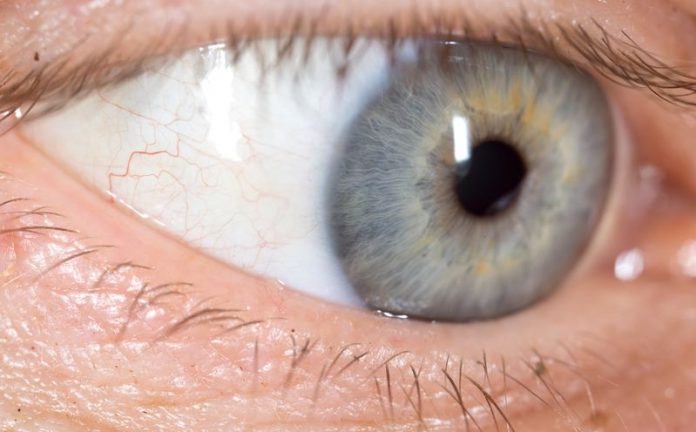Can you imagine going blind overnight? Think how you would feel if suddenly, right out on the edge of your sight, pieces of your vision painlessly started to disappear a small bit at a time.
Gradually it works its way in until all you have left is a small island in the middle of your sight that fades until you have nothing left but total blackness.
If this disaster happened overnight it would be a terrifying experience but what if your vision slowly faded quietly over ten to twenty years would you even notice the early signs!
According to The National Institutes of Health an estimated 4.2 million Americans have this silent sight thief and only around half even know they have it. Its called glaucoma and its the second most common cause of blindness in the world.
With around 12% of Americans already blinded by it and with an aging baby boomer population, this number is expected to double over the next ten years.
Glaucoma is the name for a group of diseases (called optic neuropathies) that happen when the internal drainage of an eye becomes unbalanced.
Eyes keep themselves in shape by automatically creating, circulating, and eventually draining a special internal fluid called aqueous much like putting air in a balloon to keep its shape.
In some people, the drains don’t work as well as they should and internal pressure rises high enough inside their eyes to damage the optic nerve over time.
The optic nerve carries the critical wiring that passes signals from the eye to the seeing part of the brain. It can’t repair itself so any nerve damage threatens permanent vision loss.
In glaucoma the nerve damage first affects your side vision but if left untreated your sight closes in leaving a narrow tunnel of central vision that eventually vanishes. Some people are more susceptible to glaucoma eye damage and are regarded as high risk.
This group includes anyone over 60 and especially people with an existing family history of glaucoma. Some ethnic groups such as African Americans and Hispanics also show much higher numbers of glaucoma sufferers.
The most frequent form of glaucoma (affecting over 60% of sufferers) is called open angle glaucoma. In open angle glaucoma the eye damage happens so slowly and painlessly (often over many years) that only specialized testing can detect the early peripheral vision losses.
Although the damage happens slowly any vision loss is permanent so early detection and treatment is the only defense.
Much less common but more painful is angle closure glaucoma. This more acute form of glaucoma happens when the drainage inside the eye blocks quickly causing a rapid steep rise in eye pressure.
Emergency treatment is critical as such a rapid increase in eye pressure is very painful and can cause permanent vision loss within hours to days.
Although angle closure attacks usually happen in one eye, the other eye is at great risk and preventative treatment is urgently needed.
As glaucoma damage is irreversible, treatment concentrates on preventing further damage by reducing and controlling the internal eye pressure.
In most cases, one or more eye drops a day are enough to control early glaucoma but more severe forms require surgery or a combination of both surgery and eye drops.
Glaucoma is a silent stealer of vision don’t be a victim. The only defense is early detection, especially if you’re in a high-risk group. If you wait till you think your vision is in trouble it might already be too late.
The best eye care specialists around can’t cure glaucoma damage but control it early and keep your sight for life!

